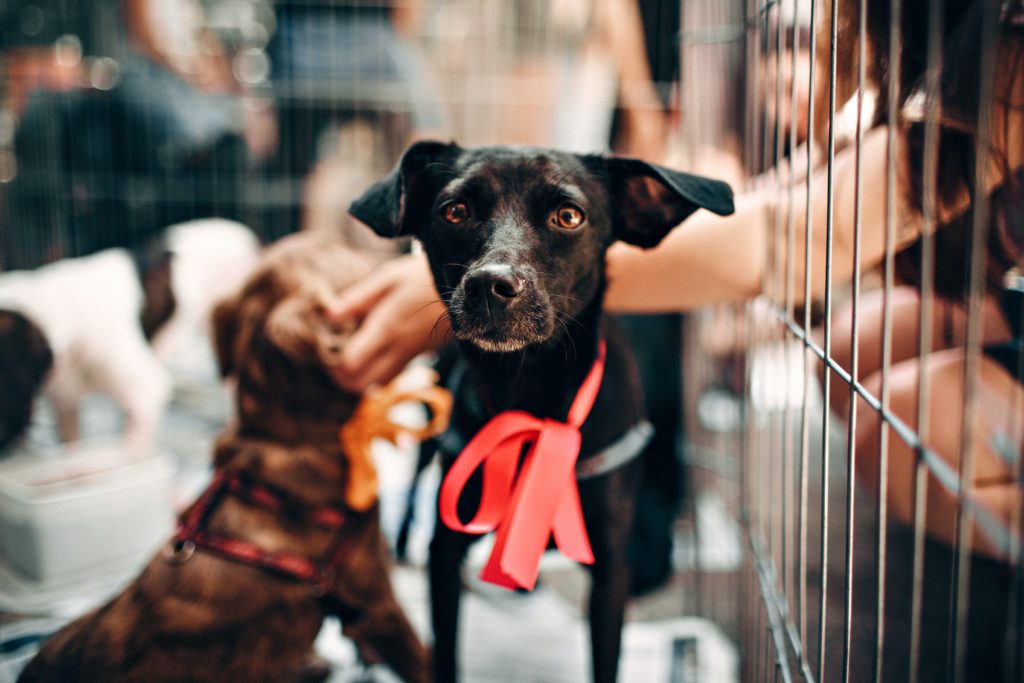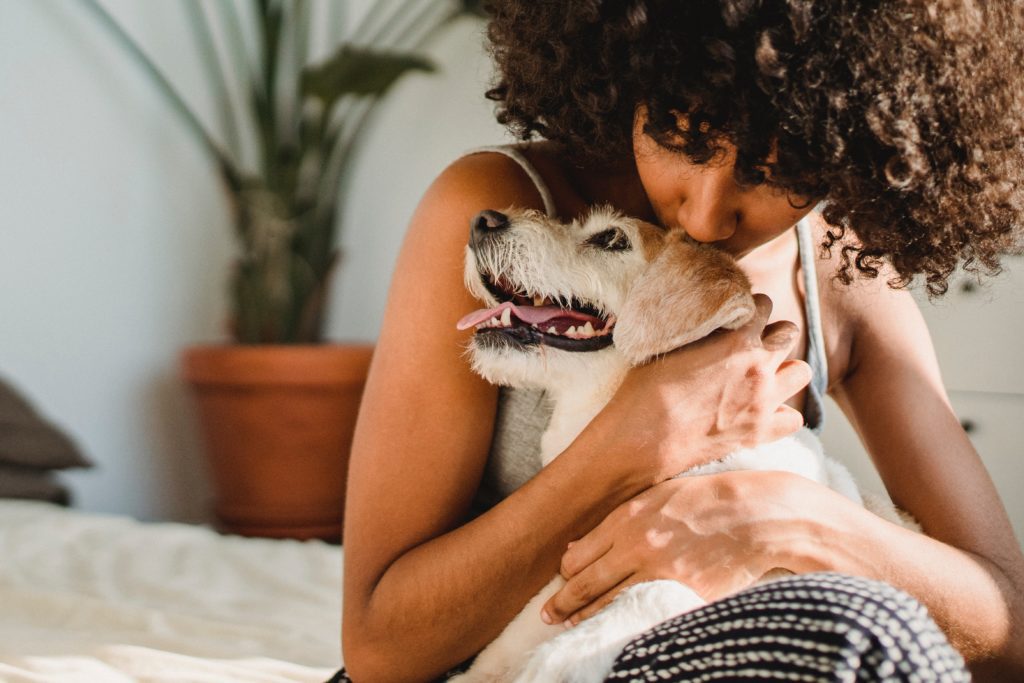
Help your rescue dog adjust and decompress using the 3-3-3 method.
No matter if your new family member finds his way from the street and into your heart or is from a shelter, your new companion needs time to adjust. The first few days in his new home are crucial to adjusting and bonding with his new pack. In fact, the first three days, three weeks, and three months are challenging periods for your new pup.
To better understand the phases of a rescue dog and the decompression process, we explain the 3-3-3 rule, what to expect, and how to help your rescue dog adjust. Take a look!
Before You Bring Your Fur Baby Home
You want to make your rescue dog’s adjustment to your home as simple as possible, so preparing is the first step. Here are six things to do before bringing your new friend home.
- Where will your new pack member spend his time during his adjustment period? Adjusting to a new environment, whether they lived free outdoors, a foster home, or at a rescue, is stressful for any dog.
It’s not uncommon if it seems he’s forgotten his manners and house training. The kitchen may be your best bet in terms of easy clean-up and restricting his access to your shoes and couch cushions!
- Remove any small items, anything chewable and damageable, and anything that could be potentially harmful to your new pup. Remove any plants or loose wires.
Baby gates can be your best friend! Keep your new pup out of mischief by placing baby gates in off-limits areas. If you plan to crate your rescue dog as they adjust, have the crate set up and ready to move in.
- Look for any loose fence boards or areas your pooch could escape while walking your property. Pick up any harmful debris or potential hazards. Check all gates and latches to make sure they’re working properly. You want to keep your new buddy safe!
- Stay consistent with training and commands. Adjusting to a new home is hard enough. You don’t want to confuse your new rescue dog, too! Everyone in the house needs to use the same words for commands. This will bolster your pup’s confidence and learn instructions faster.
- If your dog is already microchipped, remember to update the chip company with your information. Have a collar and ID tag ready when picking up your dog from the shelter. On the off chance that he escapes in the transfer from your car to his new home, he can be easily identified and returned.
- Although it seems like a no-brainer, don’t forget to get the basics! Have a food and water bowl, bed, treats, and other essentials ready for your new friend.

Take it slow and follow your rescue dog’s pace as he adjusts to your home.
Helping Your Rescue Dog Adjust to its New Home
You’ve made it back home and are ready to help your rescue dog adjust and get comfortable. But before you do, here are a few things to do before introducing him inside.
- Take It Slow. Everyone will want to excitedly gather around your dog, but make sure everyone stays calm. Don’t pressure your pup, be gentle, and give him enough space.
Start by letting your rescue dog adjust to his outside surroundings by letting him go potty and sniff around. Keep the commands to a minimum and let your dog shake off some anxiety. A walk can help get the jitters and extra energy out.
- If you already have a dog, introduce them while outside. Releasing your current dog into the backyard while your new, leashed rescue dog sniffs through the fence is a safe initial introduction. Take this step very slowly, with no pressure.
It may seem like a good idea, but don’t let your new pup run free with the rest of the pack right away.
- Keep a slow pace indoors, too. Don’t let him roam and keep his living space small for the first few days. Most humans would love a welcome home party, but it can be stressful for a rescue dog adjusting to his new home. Limit the visitors coming over and keep your pup on a schedule.
The Phases of a Rescue Dog: The 3-3-3 Rule
The 3-3-3 rule is the phases rescue dogs go through when adjusting to a new home. The milestones a rescue dog goes through are at 3 days, 3 weeks, and 3 months. This period is also considered “decompressing” or “the honeymoon phase.”
The 3-3-3 rule is not a one-size-fits-all guideline. Some dogs may take longer or feel comfortable quickly. Move at your dog’s pace and let him find comfort in his own time.
The First Three Days
Your pup is going to feel overwhelmed and unsure of his surroundings. He may shut down and be reluctant to eat. While adjusting, some dogs may even stay in their crate and hide. This is all perfectly normal during this phase for a rescue dog.
Some dogs may even test boundaries and see what behaviors are acceptable. Fostering trust and a feeling of safety is important during this phase. Try to keep the commands at a minimum and don’t leave your kids unsupervised with your rescue dog during this adjustment phase.
After Three Weeks
During the first three weeks, your pup will become more comfortable and explore his surroundings. Your dog’s personality will start to shine through and begin bonding with you.
This adjustment phase is when your dog may show some behavioral problems.
Now is the time to use more commands and guide your new pack member to learn good manners. Training sessions should be no longer than 15 minutes. You can use any of our soft-baked or crunchy treats to end your training session on a good note!
After Three Months
These past three months, your rescue dog has fully adjusted to his new family and new home. Your best friend has built a trusting and safe relationship with you. His routine is solidified and feeling completely secure.

A rescue dog goes through a phase of adjusting after 3 days, 3 weeks, and three months.
Congratulations, You Have a New Pack Member!
Respecting your rescue dog’s boundaries while he adjusts creates a special bond you will cherish forever! Remember to take your dog’s pace and not rush their success. The 3-3-3 rule is a guideline and sometimes dogs can take up to a year to become fully comfortable, but it will be worth it!

Respecting your rescue dog’s boundaries as he adjusts establishes trust.
Want to help your new pack member relax a little more? Our CBD-infused peanut butter can help your rescue dog’s anxiety during their transition. Save up to 30% when you bundle up!
Don’t miss out on our deals! Get 10% off your order when you sign up for our newsletter and orders over $40 get free shipping. Keep the treats coming and the tails wagging!





